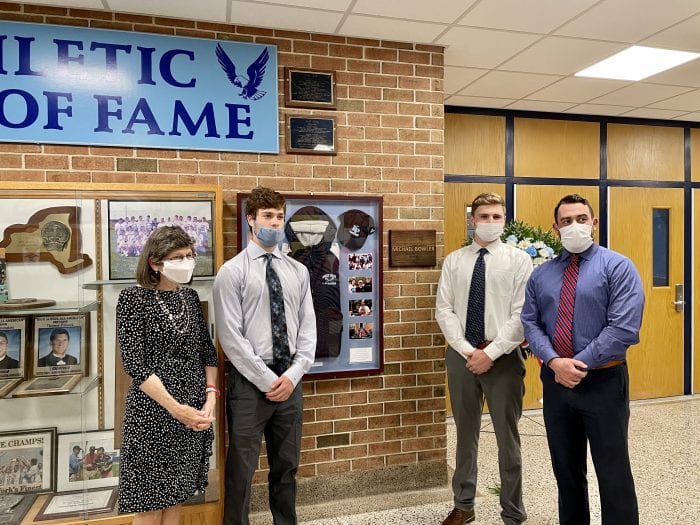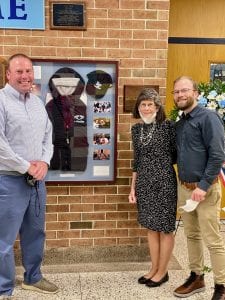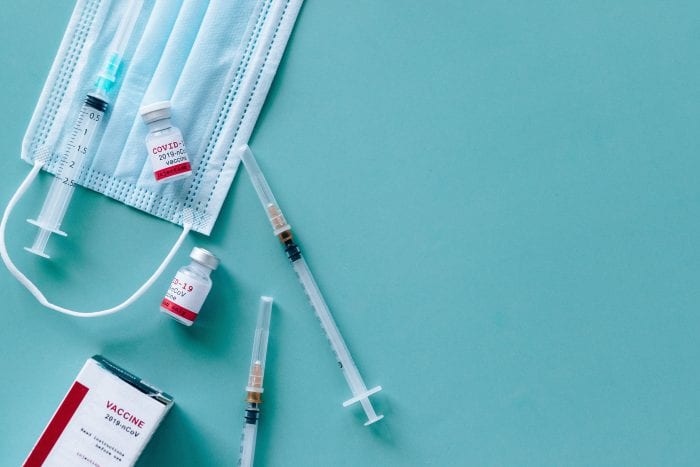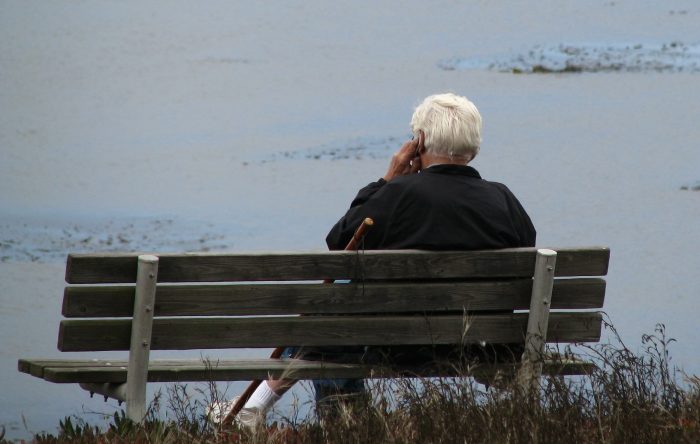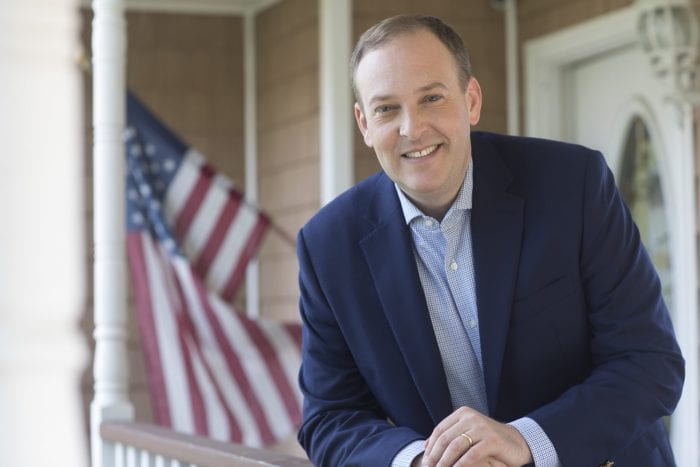By Melissa Arnold
Each year, 5,000 people in America lose their lives to amyotrophic lateral sclerosis (ALS), a degenerative neurological disease that ultimately leads to a loss of muscle control throughout the body. Beloved Yankee first baseman Lou Gehrig and physicist Stephen Hawking were well-known for their public struggles with ALS, which often carries a hefty price tag because of the necessary medical care, home equipment and renovation.
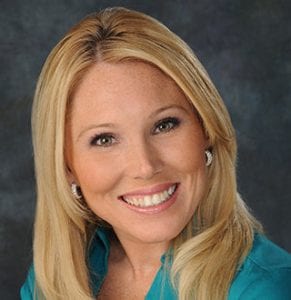
The prognosis is unfortunately grim for all who are diagnosed with ALS, with most living less than five years after diagnosis. But some do achieve surprising longevity. Among them was Chris Pendergast, a Suffolk County educator and literal trailblazer who dedicated 27 years of his life to ALS awareness before his death last year.
In 1997, Pendergast founded ALS Ride for Life, a charitable organization known for its annual treks to raise awareness and funding for people with ALS, nicknamed “PALS.” The first Ride for Life in 1998 took more than two weeks as PALS in motorized wheelchairs journeyed from Manhattan to Washington, D.C.
These days, the organization has a more local focus and the ride itself is shorter, covering Long Island only. But regardless of the changes, it was always Pendergast leading the way.
Each year, Ride for Life hosts a benefit honoring those with ALS and others who have made major contributions in the search for a cure. This year’s benefit, held virtually on April 28, will honor Pendergast’s great legacy as the organization looks to the future.
“Chris would want us to have fun as we remember him and to keep on enjoying life,” said Ray Manzoni, chairman and president of Ride for Life. “We want to make sure that the arrow that Chris launched all those years ago continues to fly. He created so much hope, and we still have work to do.”
The event will feature appearances from an eclectic group of performers with a little something for everyone, Manzoni said. Emmy Award-winning anchor Elizabeth Hashagen of News 12 Long Island will emcee the evening. Performers will include musician Mike DelGuidice (on tour now with Billy Joel), comedian Bob Nelson and father-son Tik Tok duo Joe and Frank Mele.
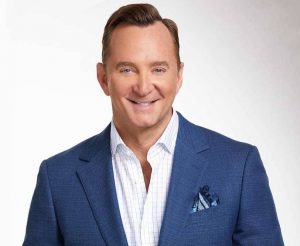
Also appearing for interviews and audience questions are former MLB pitcher and Yankees commentator David Cone; executive producer Elise Doganieri of the CBS reality hit “The Amazing Race,” and TV personality Clinton Kelly.
Kelly, who is best known for his long-running tenures on “What Not to Wear” and “The Chew,” grew up in Port Jefferson Station and graduated from Comsewogue High School. Later in life, he became friends with Christine Pendergast, Chris’ wife of nearly 50 years and a former physical education teacher at Comsewogue.
“[Christine] is a really special person and her marriage to Chris was truly inspirational,” said Kelly, who now hosts “Self-Made Mansions” on HGTV. “Beyond that, a close friend of my family passed away from ALS a few years ago. And so I am happy to bring attention to this disease in any way that I can, as well as raise funds for patient care. I’m hopeful that scientists can find a cure for this debilitating disease sooner than later.”
Chris’ son, 36-year-old Buddy Pendergast, was in the third grade when his father was diagnosed with ALS.
“As a family unit we were definitely put on an entirely different life path,” he recalled. “When my dad came to see that his progression was remarkably slower than other people with ALS, he very naturally turned his energy toward advocacy, just as he had in the past for other causes he was passionate about, particularly education and the environment.”
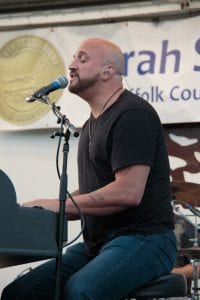
To date, Ride for Life has raised more than $10 million in funding for research and support, and the organization’s efforts were instrumental to the creation of the Christopher Pendergast ALS Center of Excellence at Stony Brook University Hospital. But Buddy also admitted his dad would have mixed feelings about the benefit focusing on him this year.
“To be honest, he would have rather focused on other people instead … He was more compelled than anyone I’ve ever met to make a difference, even if it was just for a small community. Ride for Life became one of the most influential ALS organizations, and it’s very much like an extended family, not just one person,” he said. “It’s about remaining hopeful and optimistic in what the future holds. He envisioned a future where all of our hard work will pay off to make ALS a thing of the past.”
The 24th Annual Ride for Life Honoree Recognition Benefit will be held virtually beginning at 7 p.m. on April 28. The event is sponsored by TFCU, Symbio Research, Quontic Bank and The Rohlf Family. Individual tickets are $25, household watch party $100. To buy tickets, participate in raffles or donate to the cause, visit http://one.bidpal.net/alsrfl. To learn more about Chris and ALS Ride for Life, visit www.alsrideforlife.org. For further information, call 631-444-1292.

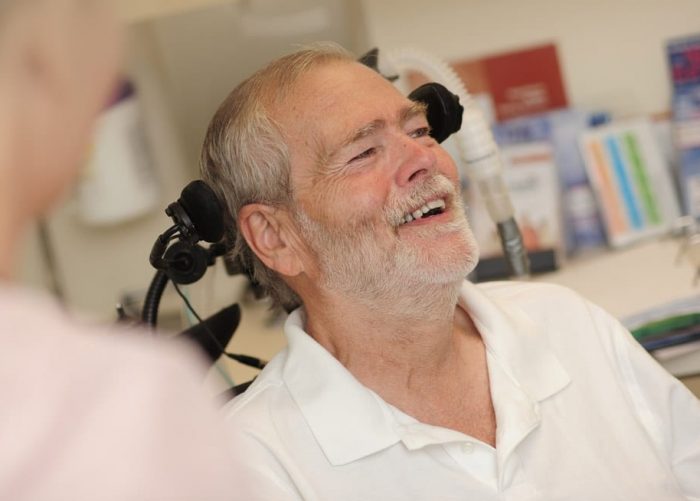
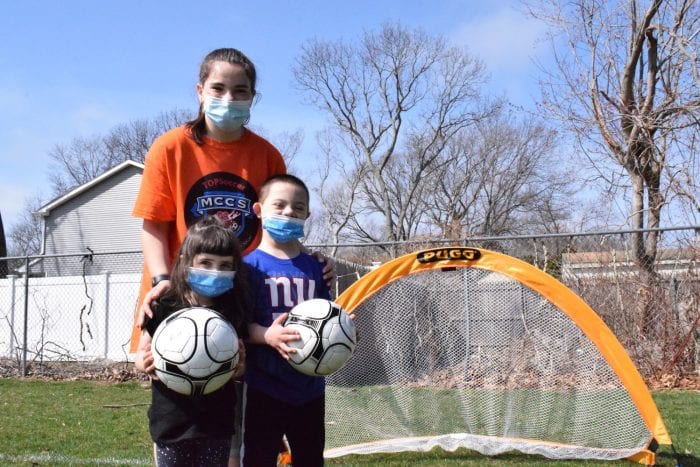
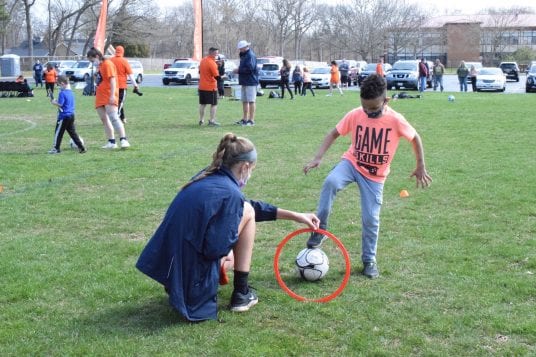
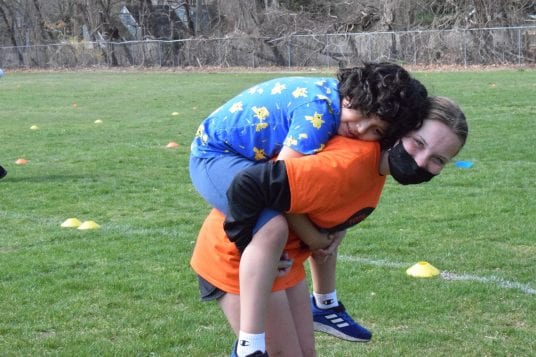
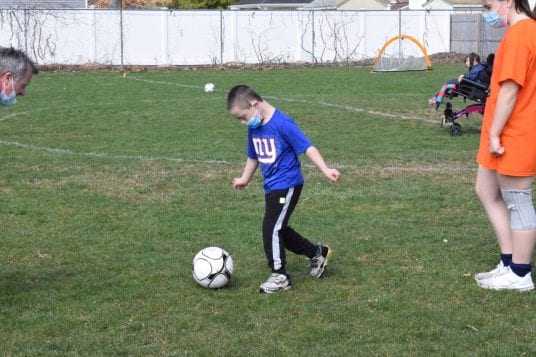
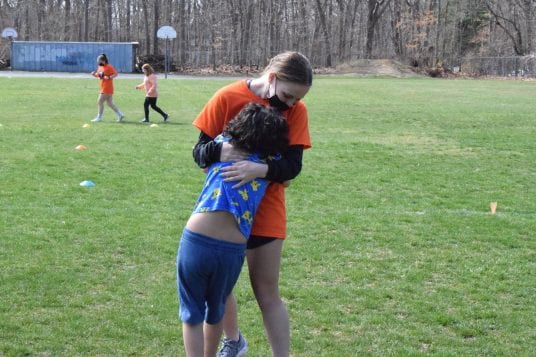
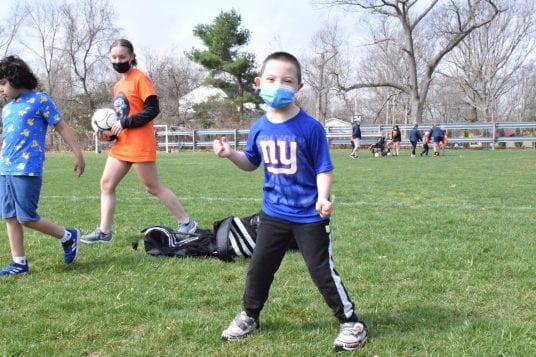
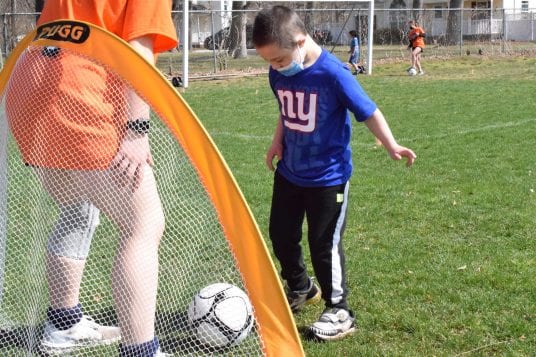

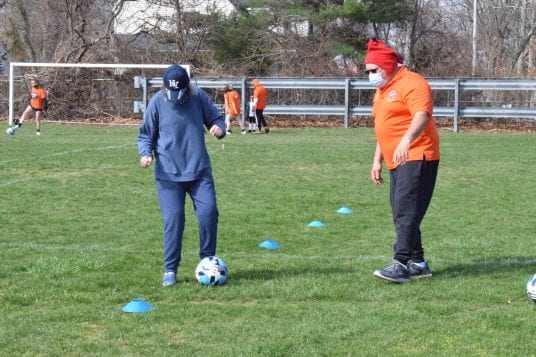
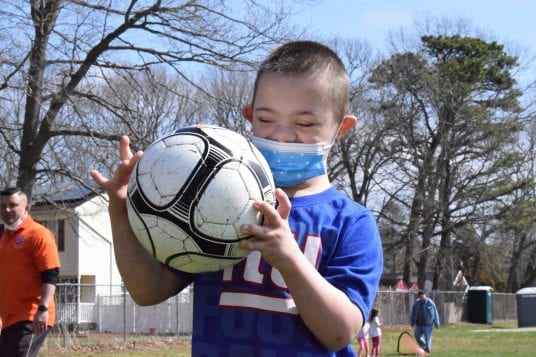
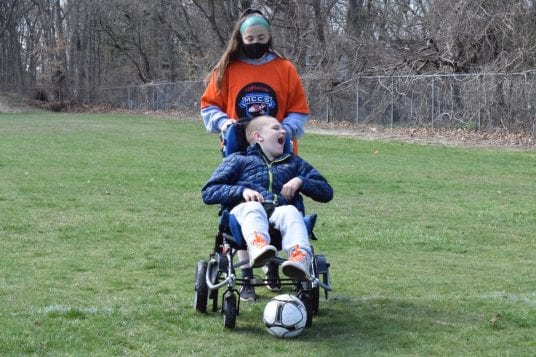
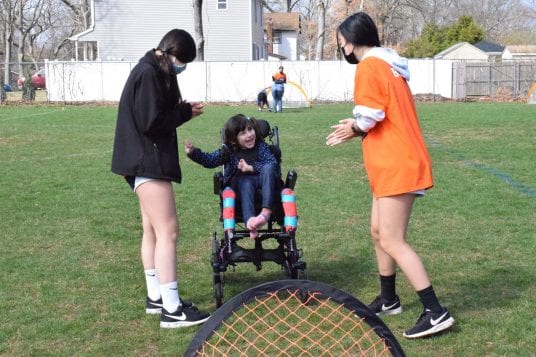
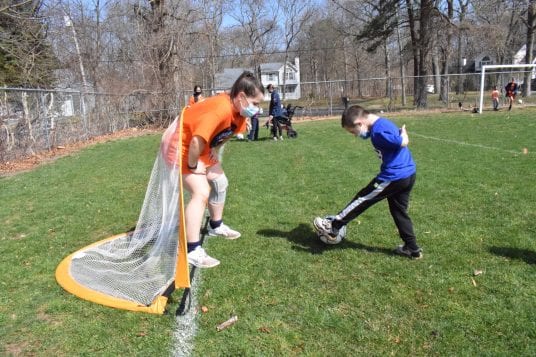
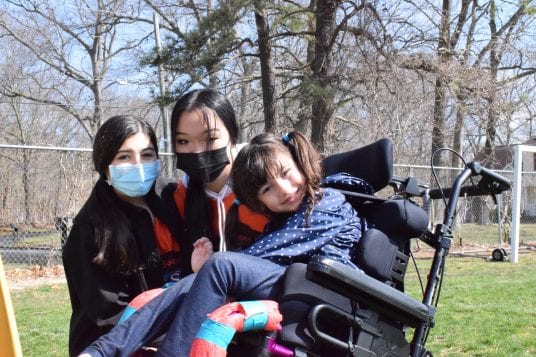
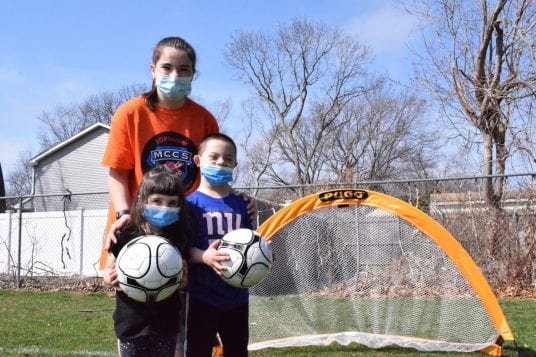
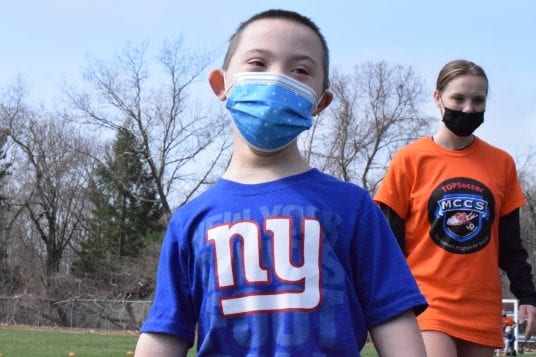
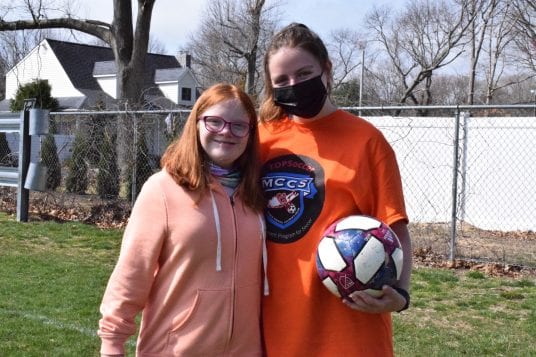
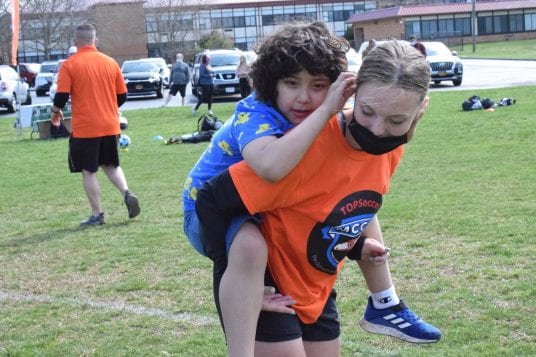
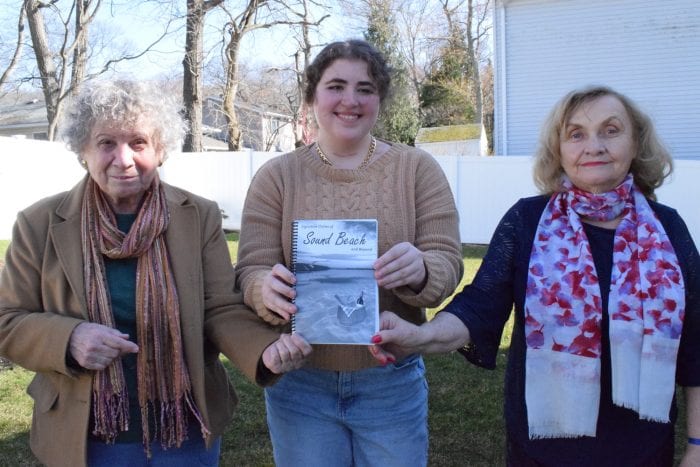
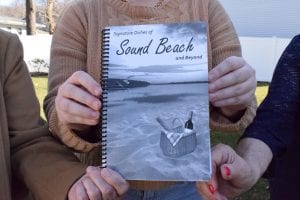
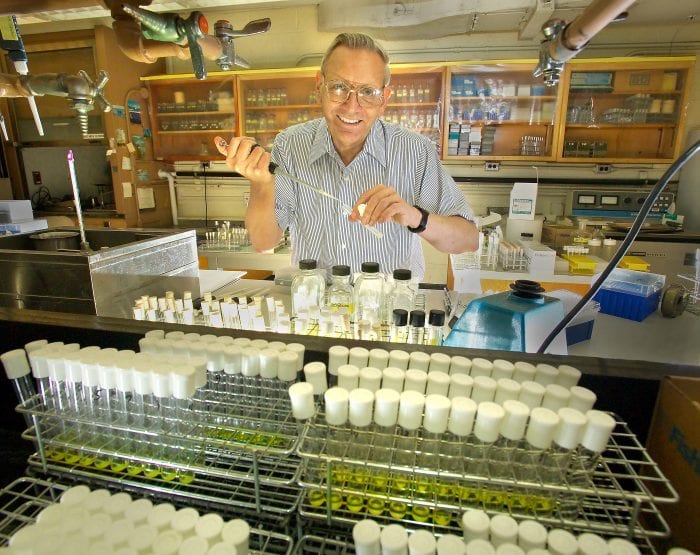
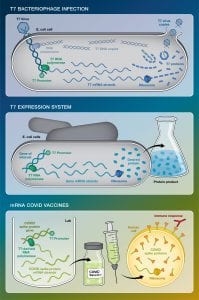
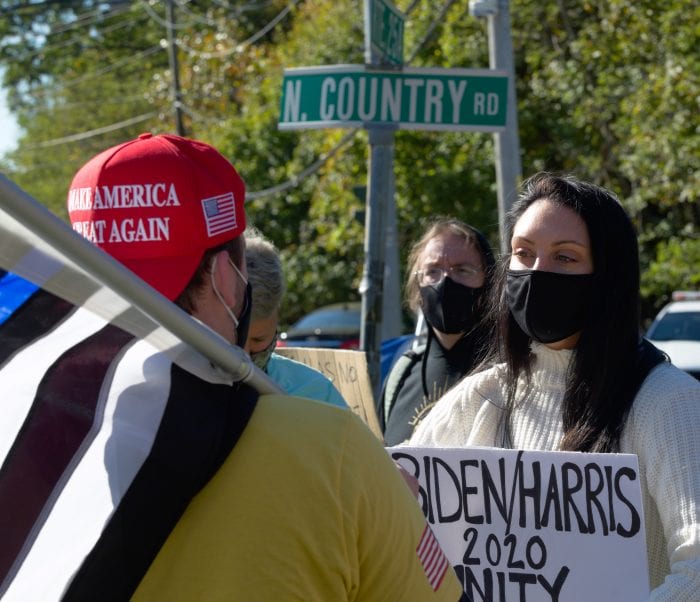

 TBR News Media won first place in the Best Public Service or Non-Profit Special Section for its 2020 Graduation supplement. “What a fantastic section to put together for Senior Class, their families, and the community during a pandemic. Outstanding work!” gushed the judge. The paper won second place in the Innovative Ad Project category for its TBR Artist Coloring Book which the judges said was a “great idea to get the readers to interact with newspapers and doing a contest.”
TBR News Media won first place in the Best Public Service or Non-Profit Special Section for its 2020 Graduation supplement. “What a fantastic section to put together for Senior Class, their families, and the community during a pandemic. Outstanding work!” gushed the judge. The paper won second place in the Innovative Ad Project category for its TBR Artist Coloring Book which the judges said was a “great idea to get the readers to interact with newspapers and doing a contest.”